Scientists at the University of California at Irvine (UC Irvine, USA) have found a way to reverse age-related vision loss by targeting the “aging gene” ELOVL2 and restoring essential fatty acids in the retina.
Experiments in mice show that supplementing certain polyunsaturated fatty acids — not just DHA — can restore visual function and even reverse signs of aging at the cellular level.
“We have demonstrated the potential to reverse age-related vision loss,” said Professor Dorota Skowronska-Krawczyk of UC Irvine’s Department of Physiology, Ophthalmology and Visual Sciences.
The study, conducted in conjunction with the Polish Academy of Sciences and the University of Potsdam (Germany), was published in the journal Science Translational Medicine with the title “Retinal polyunsaturated fatty acid supplementation reverses aging-related visual impairment in mice.”
Decoding the “aging gene” ELOVL2
ELOVL2—short for Elongation of Very Long Chain Fatty Acids Protein 2—is an important molecular marker associated with aging. In previous studies, Skowronska-Krawczyk's team found that activating ELOVL2 in old mice increased the concentration of the omega-3 fatty acid DHA in the eye and improved vision.
However, the new study sought to achieve the same effect without relying on this enzyme. When scientists injected a specific polyunsaturated fatty acid into older mice, they noted a significant improvement in their vision.
“This is a demonstration of the potential of lipid injections as a potential treatment,” said Skowronska-Krawczyk. “Importantly, we did not see the same effect with DHA.”
“The results confirm that DHA alone is not enough, but this other fatty acid has a significant effect, improving vision in old animals and reversing aging at the molecular level,” she added.
The team also found that genetic variants of the enzyme ELOVL2 were associated with faster progression of age-related macular degeneration (AMD). “We now have genetic evidence linking the disease and aging,” Skowronska-Krawczyk said. “This opens up the possibility of identifying people at high risk and targeting treatment and prevention.”
Impact beyond the retina
In a study in collaboration with the University of California at San Diego, Skowronska-Krawczyk's team also looked at the role of lipid metabolism in immune aging. The results showed that a lack of the enzyme ELOVL2 caused immune cells to age more rapidly, suggesting that lipid supplementation could help counteract the effects of aging on the immune system, which is even linked to some blood cancers.
“We started out with the goal of finding a treatment for vision loss, but with what we’ve learned about immune aging, we hope that this lipid-supplemented approach can also help boost the immune system,” Skowronska-Krawczyk said.
Source: https://www.vietnamplus.vn/dot-pha-phuc-hoi-thi-luc-lao-hoa-nho-bo-sung-axit-beo-post1070367.vnp






![[Photo] The 18th Hanoi Party Congress held a preparatory session.](https://vphoto.vietnam.vn/thumb/1200x675/vietnam/resource/IMAGE/2025/10/15/1760521600666_ndo_br_img-0801-jpg.webp)
![[Photo] Many dykes in Bac Ninh were eroded after the circulation of storm No. 11](https://vphoto.vietnam.vn/thumb/1200x675/vietnam/resource/IMAGE/2025/10/15/1760537802647_1-7384-jpg.webp)







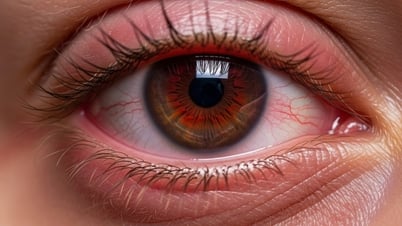



![[INFOGRAPHIC] Little known facts about impeached Madagascar President Rajoelina](https://vphoto.vietnam.vn/thumb/402x226/vietnam/resource/IMAGE/2025/10/15/1760529705041_tt-madagascar-anh-thumb-jpg.webp)


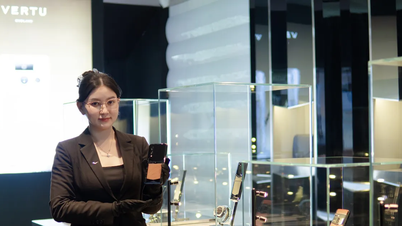
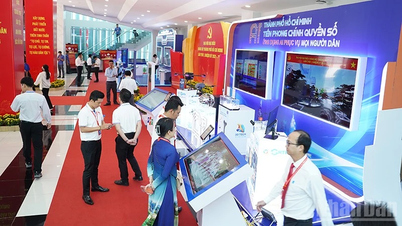







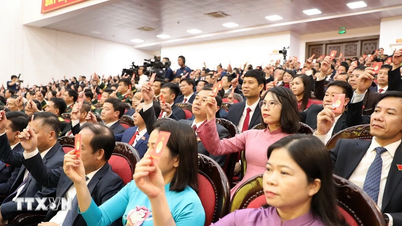









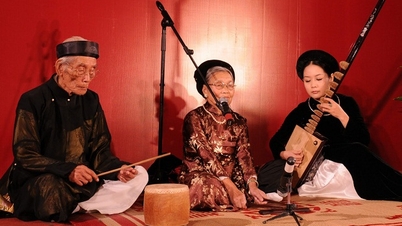


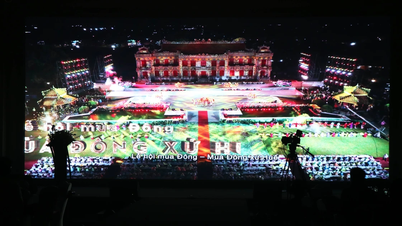

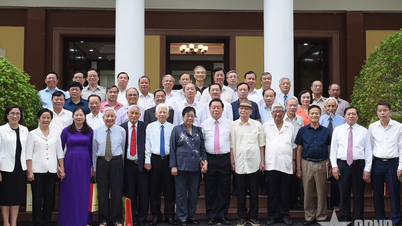



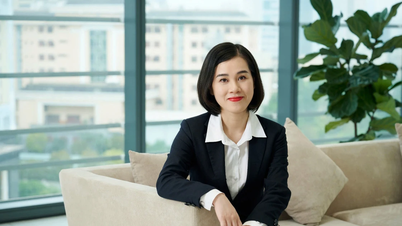
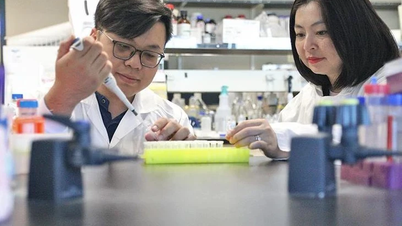

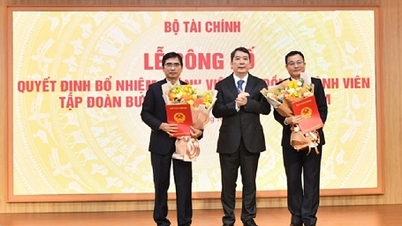

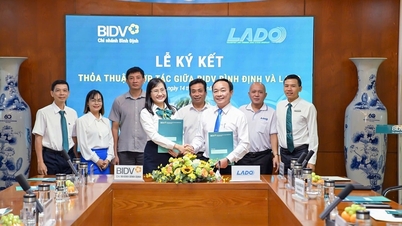

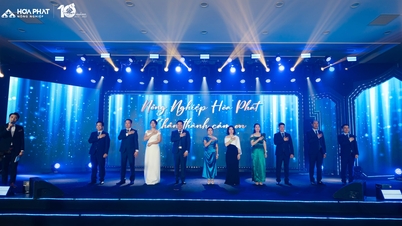









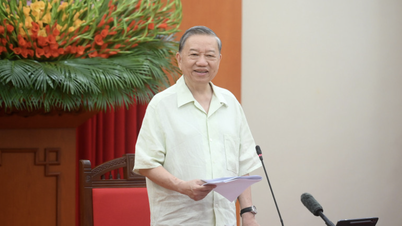




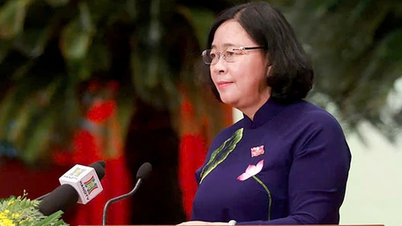


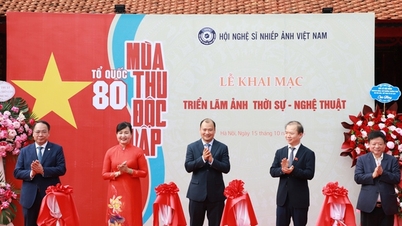


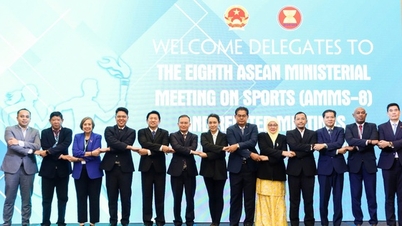
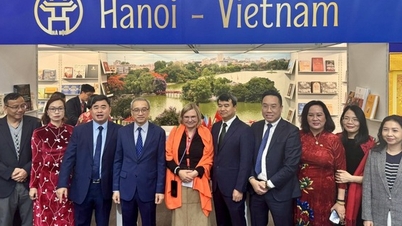



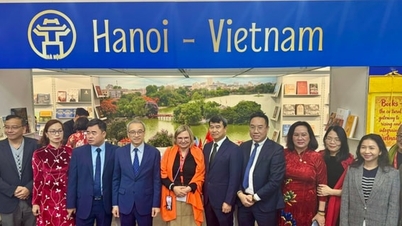


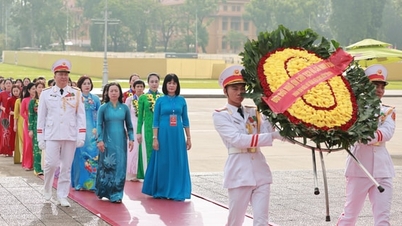
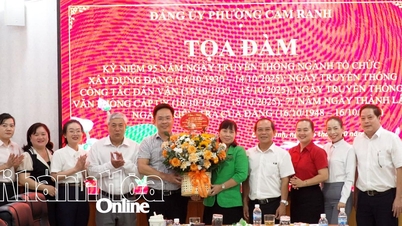



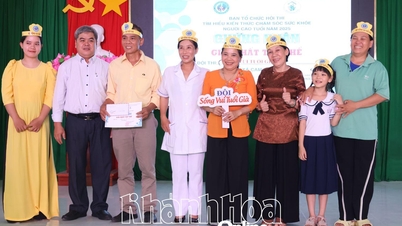














Comment (0)